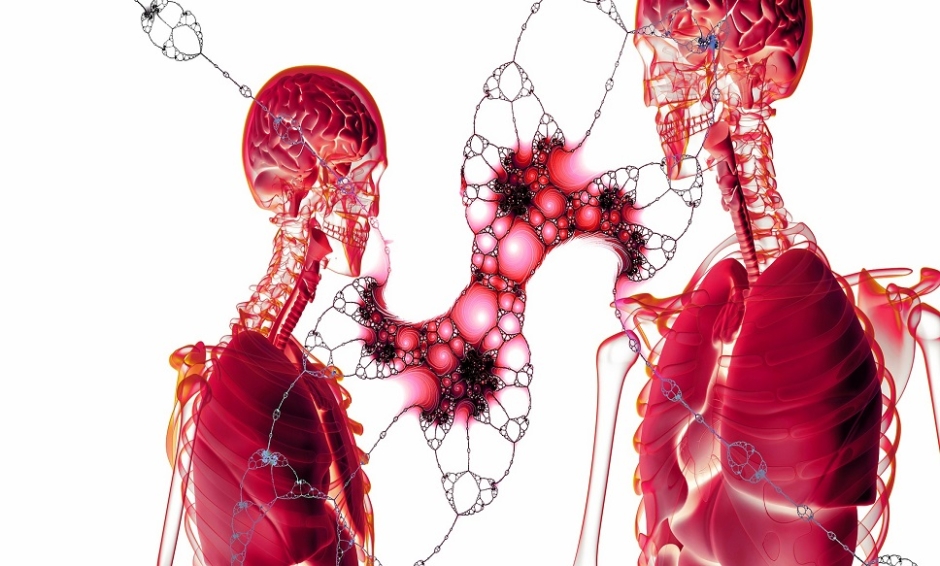VIDEO microscopy of a living mouse lung has led to the surprising discovery that platelets are formed in the lungs as well as in the bone marrow. The team, based at the University of California San Francisco (UCSF), San Francisco, California, USA, used a newly refined version of a technique known as two-photon intravital imaging to study the behaviour of cells in the blood vessels of mouse models and shed light on a process hitherto presumed to be mostly completed in bone marrow.
Using mouse models whose platelets had been engineered to emit bright green fluorescence, the team looked at the relationship between the immune system and circulating platelets and noted a large group of megakaryocytes in the lung vasculature that were producing >10 million platelets every hour, as well as blood stem cells. Although megakaryocytes are known to exist in the lungs, this was the first time they have been witnessed producing platelets. Following this discovery, the team carried out further investigations with a series of transplant experiments, the first of which involved transplanting lungs from healthy mice into the mice with fluorescent platelets and found that the recipient’s platelets could later be found in the transplanted lungs.
Following this, the researchers found that healthy lungs transplanted into mouse models with low platelet counts redressed the imbalance by quickly producing extra platelets, which was monitored by using the fluorescent platelets as before. The team suggested that this could mean that the resident megakaryocyte progenitor cells in the healthy lungs were activated by the recipient’s low platelet counts and produced new megakaryocytes in response.
In a final experiment, the researchers tested how healthy lungs reacted when transplanted into mouse models without normal blood stem cells in the bone marrow, finding that the stem cells from the transplanted lungs in fact travelled into the bone marrow of the donor mouse and assisted in the production of platelets, neutrophils, B cells, and T cell, amongst others. “These findings have direct clinical relevance and provide a rich group of questions for future studies of platelet genesis and megakaryocyte function in lung inflammation and other inflammatory conditions, bleeding and thrombotic disorders, and transplantation,” explained Dr Guy A. Zimmerman, Department of Internal Medicine, University of Utah School of Medicine, Salt Lake City, Utah, USA.
(Image: freeimages.com)







